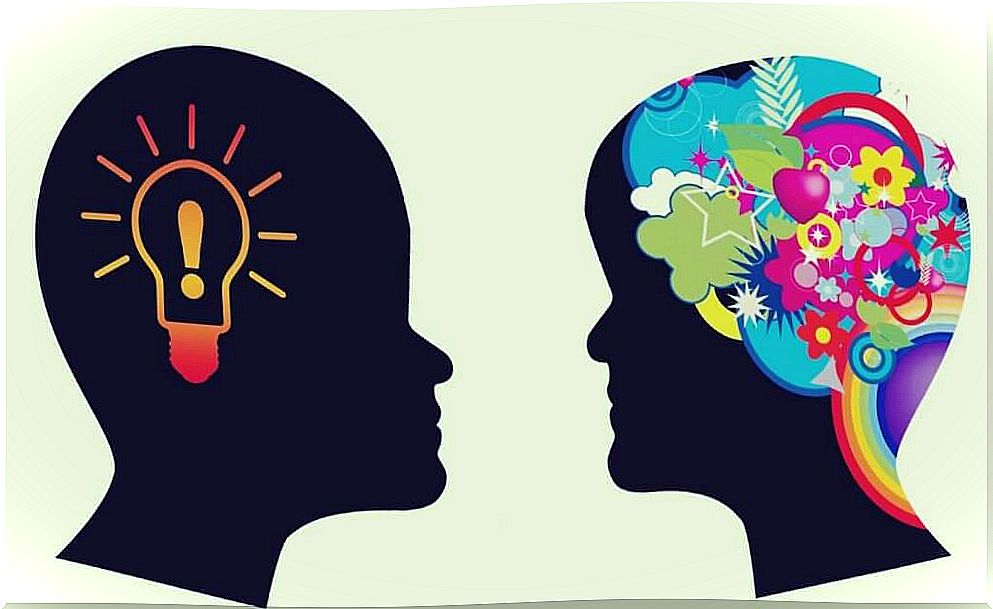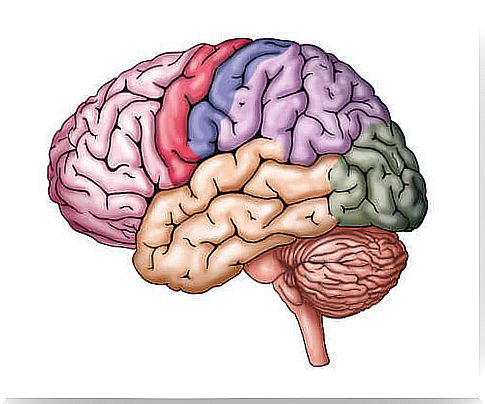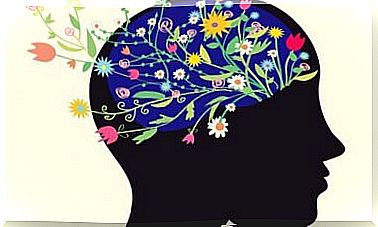Gardner’s Model Of Multiple Intelligences

When we talk about intelligence, it is common to think of that unitary factor that psychometric tests usually measure, and which translates, as we already know, into the classic IQ. Now, in the 1980s an alternative hypothesis to the classic theories of Raymond Cattell or Spearman emerged. We speak, of course, of Gardner’s multiple intelligences.
Gardner is a professor at Harvard University who proposed a revolutionary new model to us. One that changed the traditional and unified vision of intelligence to give way to a multiple vision of it. According to him, this dimension is the result of a series of factors, such as biological, cultural, social, historical and also that factor related to personal life.
Howard Gardner’s theory of multiple intelligences shapes a broader vision where intelligence is conceived as a potential. Furthermore, a potential that is not reduced to the academic field but is a combination of different areas, dimensions, strategies and conceptions. Thus, in his book “Multiple Intelligence”, he affirms the amount of cognitive intelligences that concern us and summarizes them in 8 types.
Gardner’s Model of Multiple Intelligences
Gardner’s Multiple Intelligences model is very attractive. Since he ran in the 80’s, it has undoubtedly been a real revolution in many areas: education, work, personal development … Thinking that each of us can excel in one area more than in others gives us a certain freedom, a certain feeling of security (and even satisfaction) in understanding that what defines our worth is not the classic IQ.
Now, it should be noted that there are many psychologists and intelligence experts who do not agree with this postulate. In fact, there are those who compare it to Emotional Intelligence. Thus, renowned cognitive psychologists such as George Miller pointed out that Gardner’s theory of Multiple Intelligences lacks scientific validity.

Now, one aspect should be noted. Few concepts are as abstract and complex as the definition and measurement of intelligence. Thus, and in the words of Howard Gardner himself, what should invite us to understand this model is the following:
- Education must be an opportunity to enhance in the human being each and every one of the capacities of knowledge and our culture.
- Each person presents a natural vocation, an area in which they excel most naturally.
- However, if we have help, incentives and support, we will feel more committed and competent.
1. Logical Intelligence
Logical intelligence is what we use to solve problems in logic and mathematics. Defines the ability to use numbers accurately and to reason correctly. Likewise, it is common for him to excel in scientists, mathematicians, engineers and those who use reasoning and deduction (working with abstract concepts, developing experiments).
2. Linguistic Intelligence
An article in the journal Development and Planning of modern education spoke of a study to demonstrate the benefits of working on linguistic intelligence in students. Thus, and within Gardner’s theory of multiple intelligences, this type of competence defines the ability to use words effectively orally or in writing.
A prominent level of this intelligence is observed in writers, journalists, communicators, students with skills to learn languages, write stories, read, etc.

3. Body Intelligence
Within Garder’s theory of multiple intelligences, body intelligence corresponds to that which uses the whole body to express ideas and feelings, as well as the ability to use the hands to transform objects. The capacities of balance, flexibility, speed, coordination, as well as kinesthetic ability, or the perception of measurements and volumes, are manifested in this type of Intelligence. Athletes, surgeons, artisans, dancers, are the most representative.
4. Musical Intelligence
Musical intelligence has a distinguished space in this postulate. It refers to that ability to perceive, transform and define music and its forms. Sensitivity, rhythm, tone and timbre are associated with this type. Musical intelligence is present in composers, conductors, musicians, etc.
They are people who are attracted to sounds of nature or melodies. Those that often accompany the beat, striking or shaking some object rhythmically with the foot or hand.
From Gardner’s theory of multiple intelligences it is also known as “good ear”. One of the points that characterize it is that it has to be stimulated in order to develop its full potential.
5. Spatial Intelligence
Spatial intelligence is the ability to think in three dimensions. An ability that enables us to perceive external and internal images, transform or modify them, and produce or decode graphic information. Pilots, sculptors, painters, sailors and architects are a clear example. Subjects who like to make maps, charts, drawings, diagrams, plans.
6. Naturalistic Intelligence
It is the ability to differentiate, classify and appreciate the environment. These people stand out for their sensitivity and ability to understand the natural world, insects, mammals, birds, as well as any element related to the plant, animal or mineral.
They also demonstrate clear observation skills, reflection and show great initiatives about our environment. It is owned by country people, botanists, hunters, ecologists, people who essentially love plants and animals.

7. Interpersonal Intelligence
Interpersonal intelligence implies the ability to empathize with others, since it allows us to understand them, connect with other people’s perspectives. In this way, we adopt a special sensitivity to understand facial expressions (voice, gestures, posture), and the ability to respond. It is present in renowned politicians, vendors and teachers.
Interpersonal intelligence complements all the others. Since in most of the activities that we carry out in our day to day we meet the people around us. Therefore, it is essential that we all promote this competition. Educators as well as leaders must have more developed this type of skill.
8. Intrapersonal Intelligence
It is the intelligence to build an accurate assessment of self-respect and the ability to direct your own life. It includes reflection, self-understanding and self-esteem. It is appreciated in theologians, psychologists, sociologists, and philosophers, among others.
Intrapersonal intelligence allows us to understand what our needs and characteristics are, what our feelings are and how we find ourselves at all times. This type of ability allows us to connect with ourselves, being aware of our sensations and emotions.
Gardner’s theory of multiple intelligences considers that all human beings possess all eight intelligences to a greater or lesser extent, but clarifies that there are no pure styles. It is a pluralistic vision, where intelligence is a changing skill throughout life.

Gardner, supported by his theory of multiple intelligences, maintains that teaching should allow orienting students according to the capacity and style of intelligence that each one dominates. We should take advantage of their strengths and train young people to face an increasingly competitive world.
Image courtesy of haddhar









